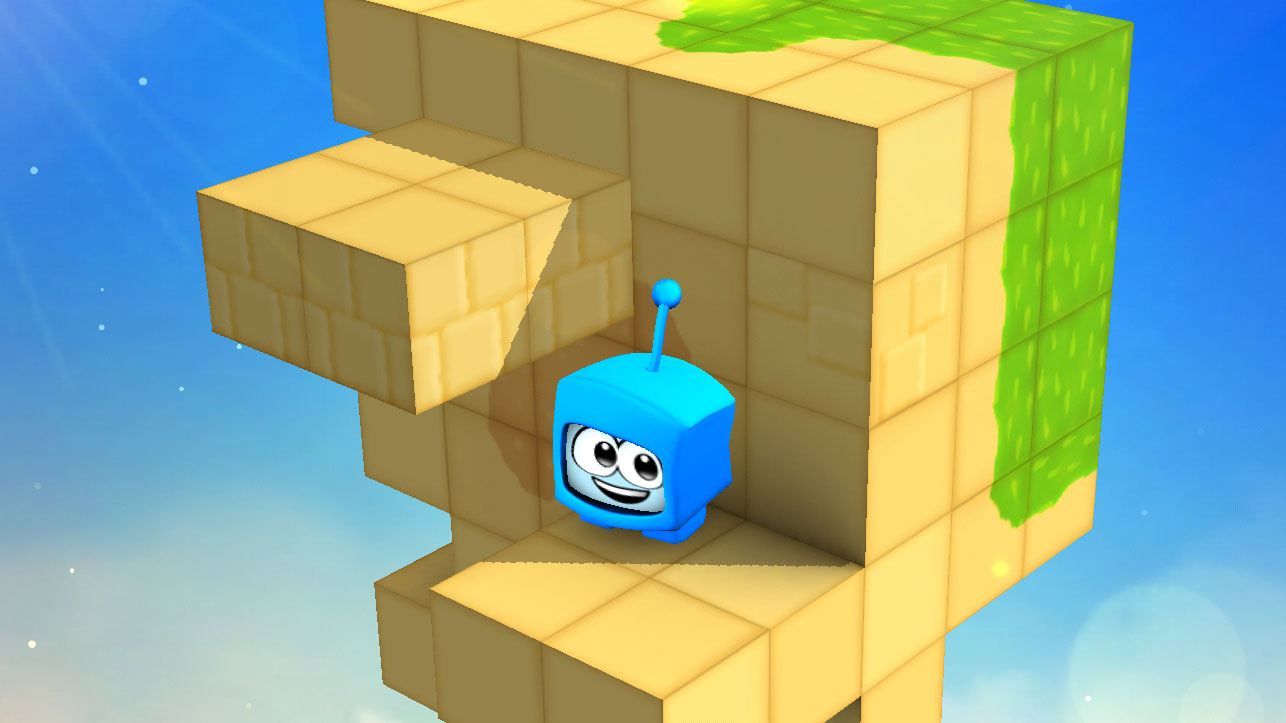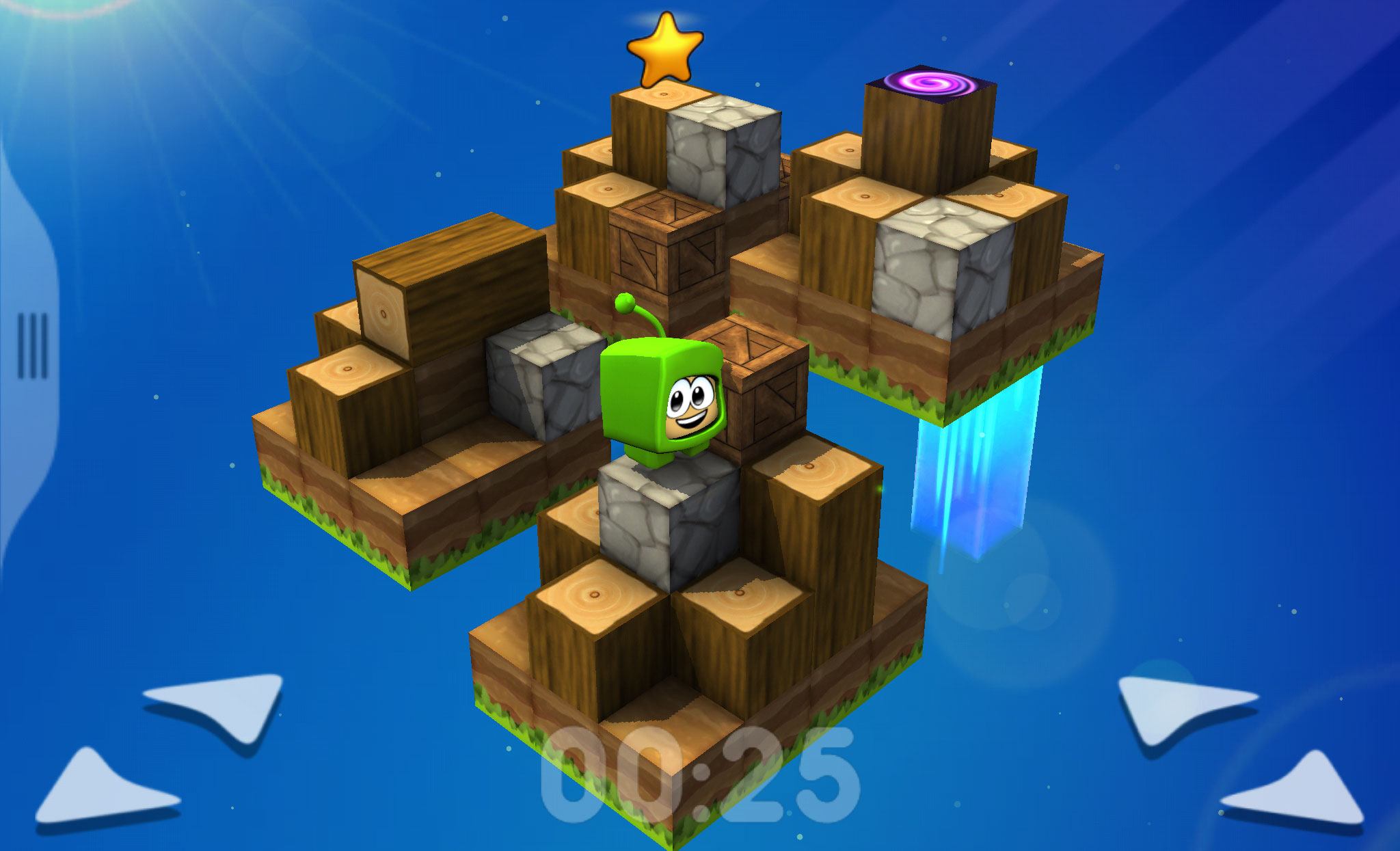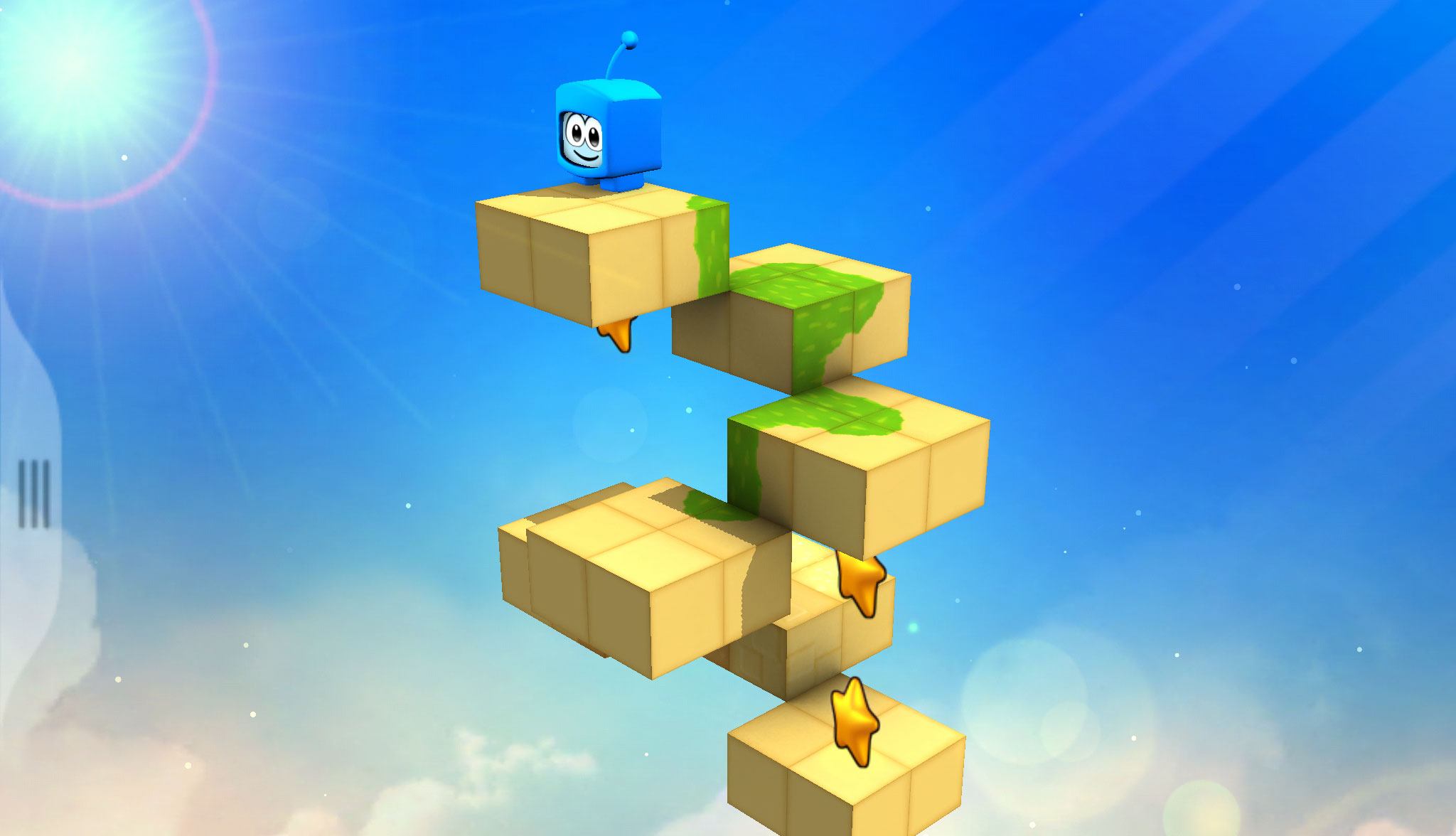- Wondering how to get Monopoly GO! free rolls? Well, you’ve come to the right place. In this guide, we provide you with a bunch of tips and tricks to get some free rolls for the hit new mobile game. We’ll …
Best Roblox Horror Games to Play Right Now – Updated Weekly
By Adele Wilson
Our Best Roblox Horror Games guide features the scariest and most creative experiences to play right now on the platform!The BEST Roblox Games of The Week – Games You Need To Play!
By Sho Roberts
Our feature shares our pick for the Best Roblox Games of the week! With our feature, we guarantee you'll find something new to play!Type Soul Clan Rarity Guide – All Legendary And Common Clans Listed!
By Nathan Ball
Wondering what your odds of rolling a particular Clan are? Wonder no more, with my handy Type Soul Clan Rarity guide.
Twisty Planets Review: As the World Turns
Billie Holiday may have moved mountains for love, but the hero of Twisty Planets will move entire worlds. Qub, our robotic astronaut protagonist, ends up spaceshipwrecked by a black hole while en route to his most critical mission: a hot …

Billie Holiday may have moved mountains for love, but the hero of Twisty Planets will move entire worlds. Qub, our robotic astronaut protagonist, ends up spaceshipwrecked by a black hole while en route to his most critical mission: a hot date. With nowhere to go but up, Qub begins climbing in search of a portal that will take him off this stranded island planet and closer to his lipsticked ladybot. Unfortunately for Qub, there are a seemingly endless series of worlds standing between him and romance.
These worlds themselves are strange: self-contained, each level is an amalgam of cubes stacked together to form free-floating landmasses. Although each world abides by standard laws of gravity—no walking on ceilings or walls here—they are also able to twist and turn to face entirely new directions without splitting apart. What might begin as the top of the level can quickly become the bottom through a few rotations, opening up entirely new paths along the way. Each world rotates as a whole unit, so any shift will move the entire stage and Qub along with it.

This mechanic is vaguely reminiscent of Fez, except in a fully 3D setting. Qub can walk on any horizontal part of this surface, but you’ll need to rotate the stage to allow him to progress past blockages. As an armless cousin of Mike the TV, Qub can only hop up one cube’s height and he cannot push or move any individual part of the world. Qub is also subject to the whims of gravity, so tilting the world without anything to support him will send him flying off the stage and into space. In this regard, Twisty Planets is often like a marble maze: Qub is the marble you have to trap behind walls for temporary safe passage.
The goal of each level is to reach the portal that will send Qub to the next stage. There are also three stars scattered around each world that Qub can pick up: he has to collect at least one star to unlock the portal, while the other two are merely an added challenge. Although there are no enemies or dangers wandering these lumpy worlds, falling off the stage will reduce Qub’s collected stars by one and reset him at the starting point.
Each level follows the same general pattern of “twist the world, move Qub, twist the world, move Qub,” but the actual physical layouts vary greatly. Every 20 sets of levels are separated into a new “galaxy” with a specific focus: the second galaxy contains tall, expansive towers and many moving platforms while the third is highly condensed with a lot of interior spaces that must be crisscrossed in the right order. All three currently available galaxies (with more reported to come) contain special items that slightly change the required approach, such as teleporters, springboards, and even large gaps between sections of the planet.
Twisty Planets’ puzzle mechanic is consistently satisfying and its strongest feature, offering a balanced mix of logic, guesswork, and even occasional platforming action. The rest of the game, however, suffers from a lack of polish that clouds the experience. The touch-and-drag controls for twisting the planets are finicky and easily trigger at the wrong instant: I often found myself trying to simply rotate the planet but ending up turning sideways and dropping Qub into the abyss. Qub’s controls—despite being designated to four arrows at the bottom corners of the screen—can also be activated by tapping the upper corners that you often use for twisting, resulting in random Qub-hops that may result in diving off the planet’s edge.

Despite each galaxy having a different color scheme (and random change of appearance for our hero) and theme, every world within a single galaxy looks identical outside of its layout and features the same ambient song. There are “challenge times” for stages to encourage additional playthroughs and leaderboard climbs, but the challenge time is the same for each stage per world—1 minute in world one, 2 minutes in worlds two and three—regardless of difficulty. This means that challenge times aren’t tailored to the level itself and tend to be either ridiculously high or low depending on the stage you’re attempting.
There are other features that seem forgotten halfway during production: “hidden objects” are scattered about four stages in each world and the game alerts you upon collecting them, but nothing else seems to happen. Collecting “4/4 hidden objects” in a world awards nothing, and there’s not even a way to see where you’ve collected them. Qub’s story is abandoned as soon as the game begins: his crash while traveling to see his girlfriend kicks off our journey but is never referenced again. Even upon completing galaxies, there is no mention of Qub making progress or getting closer to his goal, so we’re just left with empty puzzles to complete. Qub himself is an adorable hero, but he is apparently destined to aimlessly hop around Twisty Planets forever.
The clever and progressively challenging rotating gameplay of Twisty Planets is its primary draw, and the reason to play it. Everything else, from its controls to its general lack of polish, holds it back from greatness, marooning a brilliant puzzle mechanic on a mediocre game planet.

The good
- Clever world-turning mechanic provides an interesting mental exercise.
- Multiple challenges to complete in each level.
- Qub is cute.

The bad
- Controls are finicky and often cause random failures.
- Game feels unfinished in places, abandoning ideas like the plot and even in-game items.
- Visually and aurally repetitive and dull, with little of interest to see along the way.
More articles...
Monopoly GO! Free Rolls – Links For Free Dice
By Glen Fox
Wondering how to get Monopoly GO! free rolls? Well, you’ve come to the right place. In this guide, we provide you with a bunch of tips and tricks to get some free rolls for the hit new mobile game. We’ll …Best Roblox Horror Games to Play Right Now – Updated Weekly
By Adele Wilson
Our Best Roblox Horror Games guide features the scariest and most creative experiences to play right now on the platform!The BEST Roblox Games of The Week – Games You Need To Play!
By Sho Roberts
Our feature shares our pick for the Best Roblox Games of the week! With our feature, we guarantee you'll find something new to play!Type Soul Clan Rarity Guide – All Legendary And Common Clans Listed!
By Nathan Ball
Wondering what your odds of rolling a particular Clan are? Wonder no more, with my handy Type Soul Clan Rarity guide.







